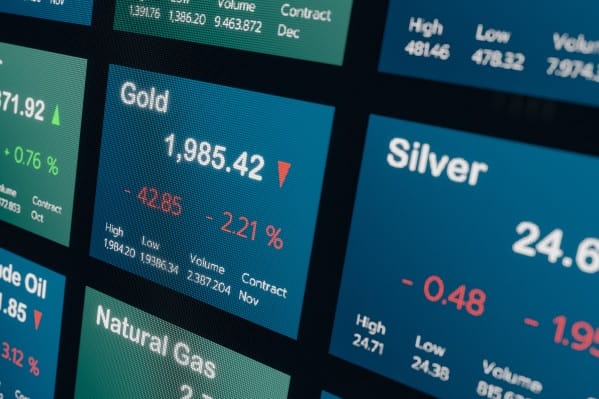Gold futures started the last trading week of February by retreating, as the futures market continued to dismiss expectations of a pivot by the US Federal Reserve in the current tightening cycle. Investors are also awaiting two key reports this week: US GDP and inflation. The price of gold today hovers around the resistance level of $2036 per ounce, with weekly gains of about 1% and a decrease of 1.4% since the beginning of the year.
On the other hand, silver prices fell below $23 per ounce, with a 3.7% decrease last week and a 6% loss since the beginning of the year. This drop in metal market prices can be attributed to expectations of delayed US interest rate cuts by monetary authorities.
Investors are now expecting a 52% chance of a US interest rate cut in June, contradicting previous expectations of a cut in early March. This has led to an increase in yields on US Treasury bonds, impacting gold prices as the opportunity cost of holding non-yielding bullion is affected by interest rates.
Key data points to watch this week include the second estimate of US GDP for the fourth quarter and the Personal Consumption Expenditures (PCE) Price Index. The weaker US dollar failed to boost gold prices, with other metal markets also experiencing declines.
From a technical perspective, the general trend for gold prices remains upward. The performance on the daily chart indicates potential strong movements in either direction, with important American economic data influencing the market. Resistance levels for gold are at $2055 and $2070, while support levels are at $2000 and $1985.
In essence, the performance of gold prices in the coming days will be heavily influenced by economic data and investor sentiment regarding US interest rates. The fluctuation in the US dollar and Treasury yields will continue to play a significant role in determining the direction of gold prices in the near term.









